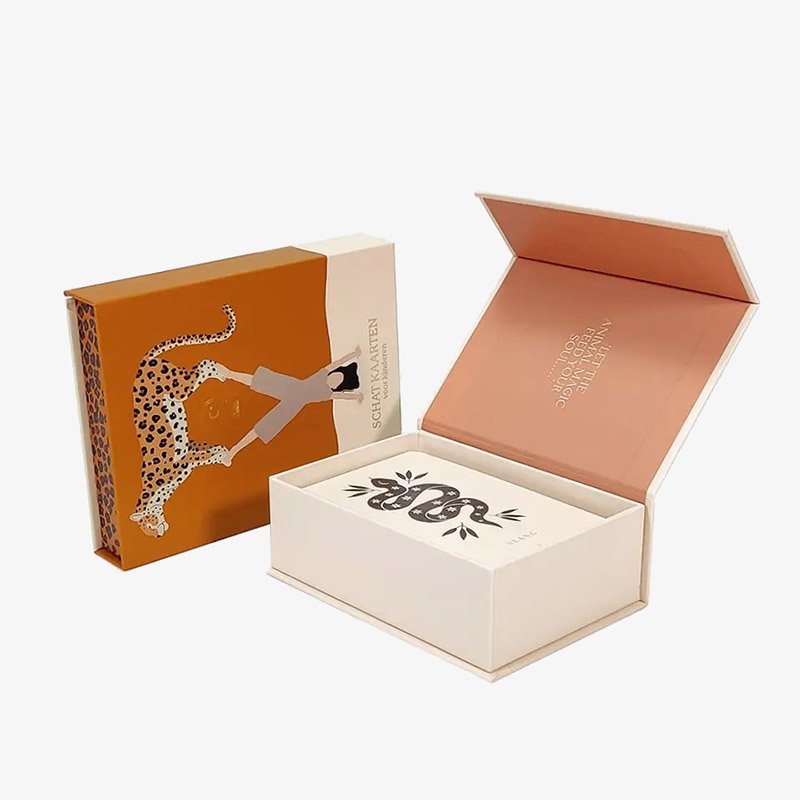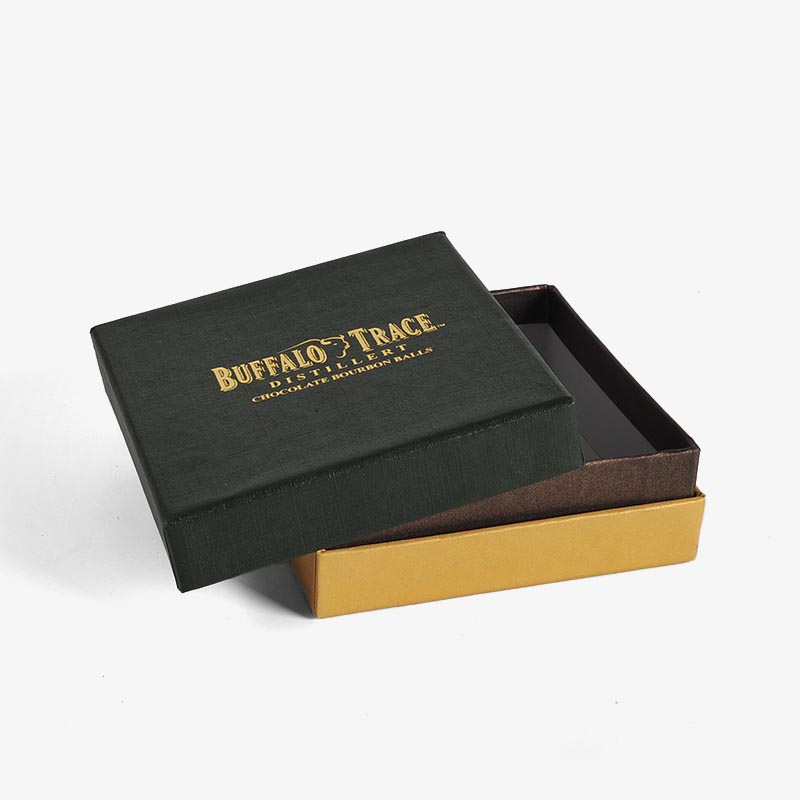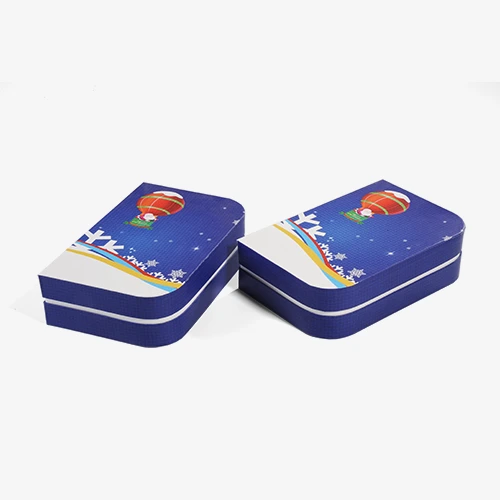Imagine holding a box that feels like more than just a container—it feels like a promise. The weight of it in your hands, the smooth texture under your fingertips, the quiet click of a magnetic closure. It’s not just packaging; it’s an experience, a first impression, a story waiting to unfold. For business owners, brand managers, and designers, rigid box packaging isn’t just about protection—it’s about connection. It’s the moment a customer decides your product is worth their time, trust, and loyalty. But what makes rigid boxes so special? And how can they transform your brand?
In this guide, we’ll uncover everything you need to know about rigid box packaging—what it is, how it’s made, and why it’s the go-to choice for luxury brands worldwide. Whether you’re a procurement manager weighing costs, a designer dreaming up the perfect unboxing moment, or a business owner looking to elevate your brand, this article has you covered. Let’s dive into the world of rigid boxes and explore how they can make your products unforgettable.
Introduction to Rigid Boxes
Rigid box packaging is the cornerstone of premium branding. Picture a sleek, sturdy box cradling a luxury perfume, a delicate necklace, or a cutting-edge gadget. These aren’t flimsy containers—they’re bold statements of quality and care. At Brillpack, we see rigid boxes as more than just packaging; they’re a bridge between your brand and your customers, carrying your story in every corner and crease.
What Are Rigid Boxes?
Rigid boxes, often called set-up boxes, are crafted from thick paperboard—typically 2-3 mm—designed to hold their shape no matter what. Unlike folding cartons that collapse flat, rigid boxes stand firm, offering a solid, dependable structure. That sturdiness isn’t just practical; it whispers value. When a customer lifts a rigid box, they feel the weight of craftsmanship, a promise that what’s inside is worth protecting—and worth celebrating.
Key Characteristics
- Thickness: Built from robust 2-3 mm chipboard for a substantial feel.
- Structure: Non-collapsible, ensuring a premium look that lasts.
- Luxury Appeal: Wrapped in elegant materials like printed paper, fabric, or leather.
Rigid Boxes vs. Folding Cartons
Folding cartons are the everyday heroes of packaging—light, affordable, and perfect for mass-market goods. Rigid boxes? They’re the VIPs. Thicker, stronger, and built for impact, they’re the choice for luxury items or special moments. If folding cartons are casual denim, rigid boxes are a bespoke suit—tailored, timeless, and unforgettable.
Materials Used in Rigid Boxes
The brilliance of a rigid box lies in its layers. Each material is a brushstroke, painting a picture of quality and care. From the sturdy core to the plush interior, every choice builds a box that’s as functional as it is beautiful.
Core Materials
- Greyboard: The backbone of most rigid boxes, greyboard is thick, recyclable, and reliable. It’s the unsung hero holding everything together.
- Chipboard: A lighter alternative, chipboard balances strength and cost, making it a versatile pick for many brands.
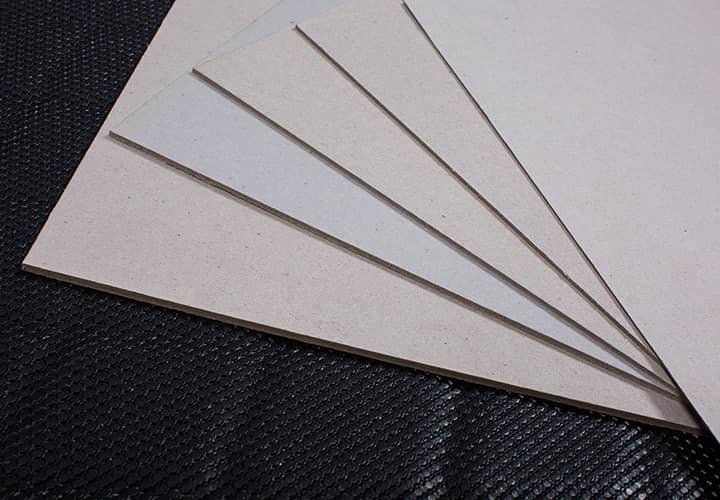
Exterior Wrapping
The outside is your brand’s first handshake with the world. Here’s what you can choose from:
- Printed Paper: Customize it with logos, patterns, or artwork that scream “you.”
- Fabrics: Velvet, silk, or linen for a touch of softness and sophistication.
- Leather or Faux Leather: Timeless and bold, perfect for a high-end vibe.
- Textured Papers: Embossed or metallic finishes that catch the eye—and the heart.
Interior Linings
Inside, it’s all about pampering the product:
- Satin or Velvet: A cushy hug for jewelry or cosmetics, adding luxury with every touch.
- Foam Inserts: Precision-cut to cradle electronics or fragile items, ensuring safe travels.
These materials don’t just protect—they elevate. They turn a simple box into a treasure chest, sparking joy with every unboxing.
Additional Components: Little Details, Big Impact
Extras like magnets, ribbons, or hinges take rigid box packaging to the next level. Magnetic closures offer a satisfying snap, ribbons add a gift-like charm, and hinges bring functionality with flair. These components make every box feel like an event, boosting the appeal of your rigid box for customers in any market.
Manufacturing Process of Rigid Boxes
Making a rigid box is like crafting a masterpiece. It’s a dance of machines and human hands, blending precision with passion to create something extraordinary.
Step-by-Step Process
- Cutting: It starts with raw paperboard, sliced into exact shapes—each piece a puzzle waiting to fit.
- Wrapping: The exterior material is carefully wrapped around the core, smoothed to perfection by skilled hands or seamless machines.
- Assembly: Glue binds the pieces, and closures like magnets or ribbons bring it to life. This is where the box becomes a box.
- Finishing: The final flourish—foil stamping, embossing, or a glossy coat—adds that wow factor.
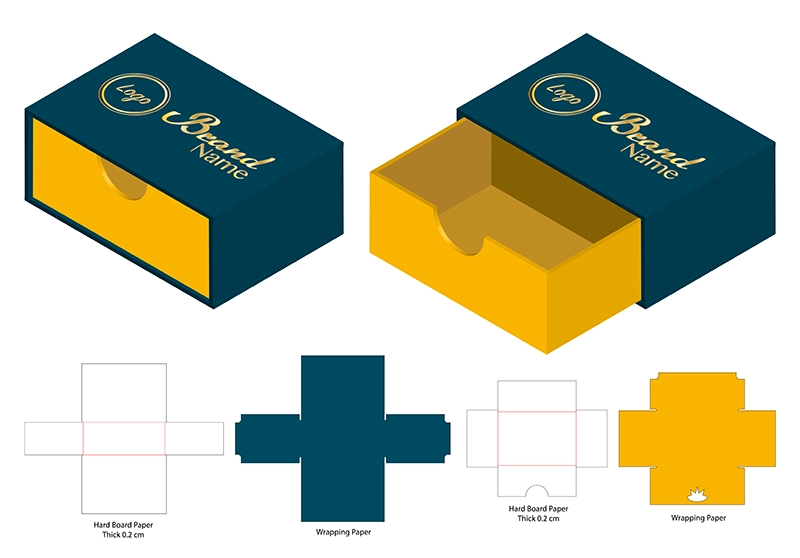
Craftsmanship Matters
Machines cut and glue, but the human touch shines in the details—wrapping edges just right or aligning a logo perfectly. At Brillpack, we blend technology with tradition, ensuring every box feels personal, not mass-produced. It’s this care that makes rigid boxes special.
Advantages of Rigid Boxes
Why pick rigid boxes over simpler options? Because they deliver where it counts—protection, beauty, and brand power. Here’s why they’re worth it.
Durability and Protection
Rigid boxes are tough. Their thick walls shield delicate items—like glass bottles or tech gadgets—from life’s rough edges. For procurement managers, that means fewer damaged goods and happier customers.
Aesthetic Appeal
These boxes are a canvas for creativity. Sleek and modern or ornate and classic, they grab attention and hold it. Designers love them for their endless possibilities; marketers love them for their Instagram-worthy looks.
Brand Image
A rigid box isn’t just packaging—it’s a handshake from your brand. It says you care about quality, down to the smallest detail. In a sea of sameness, that’s how you rise above.
Unboxing Experience
Today’s customers don’t just buy products—they buy moments. A rigid box, with its sturdy lid and satisfying snap, turns unboxing into a memory worth sharing. It’s your brand, center stage.
Versatility
From tiny trinket boxes to sprawling gift sets, rigid boxes fit any need. They’re the Swiss Army knife of packaging—adaptable, reliable, and always impressive.s aiming to stand out in markets like the U.S., Europe, and Asia.
Types of Rigid Boxes
Rigid boxes are available in a variety of styles, each offering distinct advantages for packaging needs. Here are eight popular types:
1. Two-Piece (Telescopic) Boxes
Two-Piece (Telescopic) Boxes feature a separate lid and base, with the lid sliding over the base to enclose the contents. They come in two styles:
- Full Cover: The lid fully envelops the base, providing a secure and polished closure.
- Partial Cover: The lid covers only a portion of the base, allowing easier access to the product.
These boxes are a classic choice for luxury packaging, often used for jewelry, high-end electronics, or gourmet treats. The full cover design adds a layer of suspense during unboxing, while the partial cover offers practicality for frequent use. Customization options like embossing or foil stamping can elevate their sophisticated appeal.
2. Magnetic Closure Boxes
Magnetic Closure Boxes are defined by their embedded magnets, which snap the lid and base together with a satisfying click. This secure, seamless closure gives them a modern, upscale feel.
They’re a top pick for premium products like cosmetics, tech gadgets, or designer accessories, where the packaging needs to match the item’s quality. The magnetic feature is perfect for boxes that will be opened and closed often, offering both durability and a luxurious unboxing experience. Add a sleek finish or bold branding to make them stand out even more.
3. Collapsible Rigid Boxes
Collapsible Rigid Boxes combine strength with convenience. These boxes maintain the sturdy structure of rigid packaging but can be flattened for storage when not in use, popping back into shape when needed.
They’re ideal for e-commerce brands, subscription services, or seasonal products, helping save space during shipping or warehousing. Think gift sets or limited-edition items—these boxes deliver a premium look without logistical headaches. Magnetic or snap closures often secure their form, making assembly a breeze.
4. Drawer-Style (Slide) Boxes
Drawer-Style (Slide) Boxes offer a unique reveal: an inner tray slides out from an outer shell, like pulling open a hidden drawer. This smooth mechanism adds a touch of surprise to the unboxing process.
They’re perfect for small luxury goods such as chocolates, jewelry, or stationery sets, where presentation enhances the experience. You can customize them with ribbons for easy sliding or use contrasting colors between the drawer and shell for visual flair. It’s packaging that feels like a gift every time.
5. Hinged-Lid Boxes
Hinged-Lid Boxes feature a lid attached to the base with a hinge, opening like a book to display the contents. The design allows the lid to stay open at an angle, making it great for showcasing what’s inside.
These boxes suit items like watches, collectibles, or luxury pens—products that deserve a spotlight. They’re also popular for corporate gifts or special editions. Add a ribbon or magnet for secure closure, and use inserts to frame the product perfectly within the box.
6. Shoulder Neck Boxes
Shoulder Neck Boxes have a recessed “shoulder” on the base where the lid sits, creating a flush, streamlined look when closed. This design exudes modern elegance and ensures a snug fit.
They’re favored for luxury items like perfumes, high-end foods, or exclusive accessories, often seen in subscription boxes or VIP gifts. The shoulder can be highlighted with contrasting colors or textures like debossing, turning the box into a subtle branding masterpiece that feels premium to the touch.
7. Paper Tube
Paper Tubes break from tradition with their cylindrical shape, crafted from rigid paperboard. These eco-friendly boxes often feature lids or caps and offer a fresh, versatile packaging option.
They’re excellent for cosmetics like lip balms, candles, or gourmet goods like teas and spices. The round form is both practical and striking, ideal for shelf appeal. Customize them with full-color printing or a window to showcase the product, making the tube as unique as what’s inside.
8. Custom Shaped Boxes
Custom Shaped Boxes defy convention, tailored into any form—think hearts, stars, or shapes that echo your product or brand. They’re all about creativity and distinction.
These boxes shine for promotional items, holiday gifts, or limited-edition releases, like a heart-shaped box for Valentine’s Day chocolates. They can be any size or color, enhanced with finishes like foil stamping or spot UV for added wow-factor. It’s packaging that doubles as a bold statement.
These eight rigid box types each bring something unique to the table, whether it’s the sleek snap of a Magnetic Closure Box or the creative flair of a Custom Shaped design. Selecting the right one can transform your packaging into an extension of your brand, delighting customers and protecting your products in style.
Design Considerations for Custom Rigid Boxes
Creating luxury rigid boxes is about blending style with smarts. It’s not just about a pretty package—it’s about making something that works well and feels special.
Keeping It Practical
A gorgeous rigid set up box that’s a puzzle to open isn’t doing its job. Think simple: a ribbon that pulls smoothly or a magnet that clicks shut easily. Inside, it’s all about safety—foam or fabric inserts keep your product snug, no matter the journey.
Making It Look Good
Your box is your brand’s first hello. Pick colors that match your spirit—bright for bold, soft for calm. Add a little flair with finishes like embossing that you can feel or foil that shines. It’s a quick way to grab attention.
Building It Strong
No one trusts a wobbly box. Use thick paperboard—say, 2-3 mm, which is standard for rigid box suppliers —to keep it solid. For heavier items, extra support inside stops any sagging.
Focusing on the Feel
It’s got to feel nice in hand—not too heavy, not too light. When the lid comes off, it should be smooth and satisfying, like opening a present. That’s what turns a box into a memory.
Going Green
Eco-friendly design matters now more than ever—73% of consumers prefer sustainable packaging (NielsenIQ). Use recycled greyboard or cut waste smartly. It’s good for the planet and your customers.
Customization Options for Rigid Boxes
Customization turns rigid gift boxes into something personal. It’s where your brand gets to shine, loud or soft, however you like.
Picking Size and Shape
Need a small rigid drawer box for earrings or a big one for a gift set? Size is up to you. Shapes can be standard squares or fun rounds—rigid box manufacturers can even craft hexagons or hearts if you dare to dream.
Adding Color and Design
Colors and designs are where custom printed rigid boxes come to life. They’re your chance to grab attention and tell your brand’s story without saying a word. Here’s how you can make it happen:
- Offset Printing: Think sharp, vibrant finishes that pop—great for big runs like logos or bold artwork that need to shine consistently across thousands of boxes. It uses CMYK printing to mix rich, full-spectrum colors right on the surface, or Pantone inks for exact shades like your brand’s signature teal or gold, ensuring every box matches perfectly
- Digital Printing: Fast and flexible, perfect for smaller batches or intricate patterns that shift with the season—think detailed holiday designs without the big setup.
Paint it with your brand’s colors or seasonal themes—like red and gold for the holidays—to catch eyes fast.
Choosing Surface Finishes
Finishes add that extra wow to luxury rigid boxes. Here are the go-tos:
- Embossing/Debossing: Raised or sunken designs you can feel—great for texture.
- Foil Stamping: Shiny metallic accents, like gold or silver, for a luxe touch.
- Spot UV: Glossy highlights that catch the light against a matte finish.
- Soft-Touch Coating: A velvety layer that feels amazing in hand.
These tricks make your box stand out on any shelf.
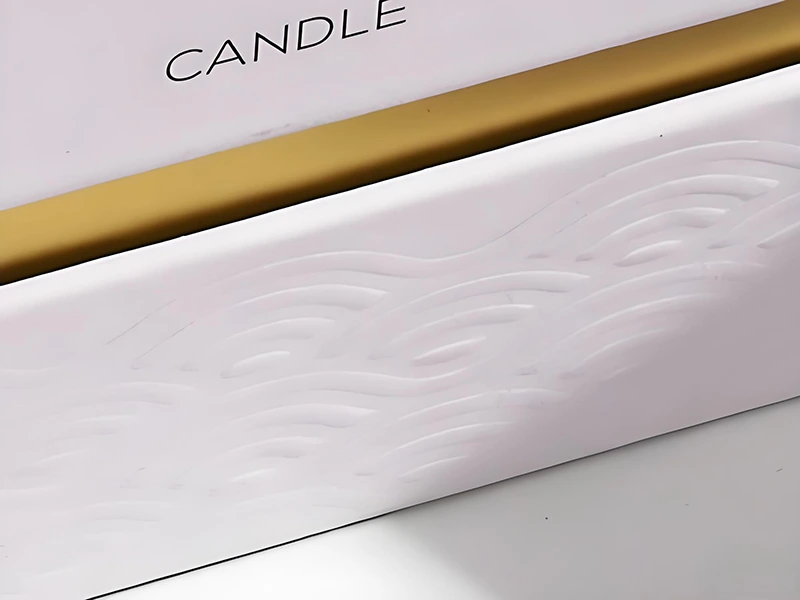
Shaping the Inside
The interior keeps things safe and pretty:
- Foam Inserts: Cut to fit your product perfectly, like a custom bed.
- Fabric Linings: Soft satin or velvet for a cozy, upscale vibe.
- Compartments: Little sections to organize multiple items neatly.
It’s about protection with a touch of class.
Adding Special Touches
Want to surprise? Try these:
- Windows: A clear peek to tease what’s inside.
- Handles: Easy to carry, especially for bigger boxes.
- Pull-Tabs: A fun tug to reveal the goods.
These extras make unboxing rigid set up boxes a delight.
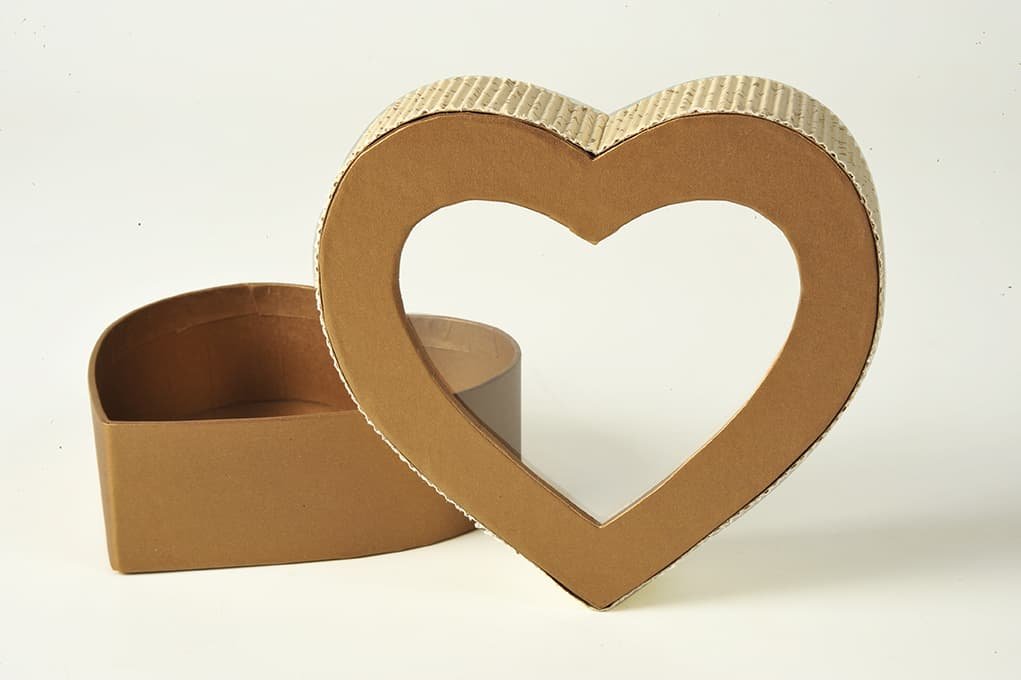
How to Customize Rigid Boxes for Your Brand
Turning luxury rigid boxes into your boxes is about matching them to your brand’s heart. It’s practical, sure, but it’s got soul too.
Matching Your Brand
Your box should look like you. Use your brand’s colors—say, blue for trust or red for energy—and slap on your logo. If you’re eco-focused, go green with materials; if you’re all about luxury, gold foil or satin says it loud.
Knowing Your Customers
Who’s grabbing these rigid gift boxes? Fancy shoppers love plush linings and sleek closures—think high-end vibes. Eco-fans? They’ll dig recycled greyboard and simple designs. Give them what they want.
Teaming Up with Suppliers
Work close with rigid box suppliers. Show them your ideas—scribbles, goals, whatever’s in your head. Get a sample to touch and tweak until it’s spot-on. At Brillpack, we’ve shaped custom printed rigid boxes for all kinds of brands—it’s about finding your fit. Get a quote here.
Cost Considerations for Custom Rigid Boxes
Luxury rigid boxes might feel like a big spend at first glance, but they’re worth their weight in gold when you see what they deliver. Let’s break down what shapes the price and why it’s more than just a cost—it’s a step up for your brand.
Influencing Factors
Here’s what drives the price tag:
- Materials: Thick paperboard—think 2-3 mm—and premium wraps like leather or velvet bump costs, often 20-30% higher than basic cartons.
- Production: Manual gluing and assembly, especially for custom components or unique shapes, require skilled labor, adding to the production time and cost.
- Customization: Unique designs or small runs of custom printed rigid boxes mean pricier setups with rigid box manufacturers.
- Volume: Big orders flip the script—economies of scale can cut per-unit costs by up to 25%.
Value Analysis
That higher price? It’s your brand’s secret sauce. A luxe rigid gift box boosts how people see your product—studies show premium packaging lifts perceived value by 40% (Journal of Packaging Technology). It’s a tough shield too, slashing damages and saving cash on returns. When it’s gorgeous enough to get shared and talked about, that’s buzz turning into business. It’s not just money out—it’s an investment in your brand’s shine.
Industry Applications of Rigid Boxes
Rigid boxes work their magic across the board, making every product they touch feel like a star. Here’s how they light up different industries.
Cosmetics
Perfumes slip into magnetic luxury rigid boxes, bold branding catching every glance. Skincare sets spread out in two-piece trays—curated and chic. Makeup palettes glow in rigid set up boxes that scream style and care.
Electronics
Smartphones nestle in foam-lined boxes built for safety and flair. Headphones and smartwatches? Collapsible designs keep it sleek and practical—no need to overcomplicate with supplier jargon, just pure function meeting form.
Jewelry
Necklaces and rings cozy up in rigid drawer boxes, plush insides cradling every gem. Watches swing open in hinged-lid boxes—a dramatic reveal that matches their timeless tick.
Gourmet Foods
Artisanal chocolates spill from book-style rigid gift boxes, indulgent and inviting. Premium teas in round paper tubes bring a flair that’s hard to miss, while luxury wines bask in boxes that feel rich as the pour.
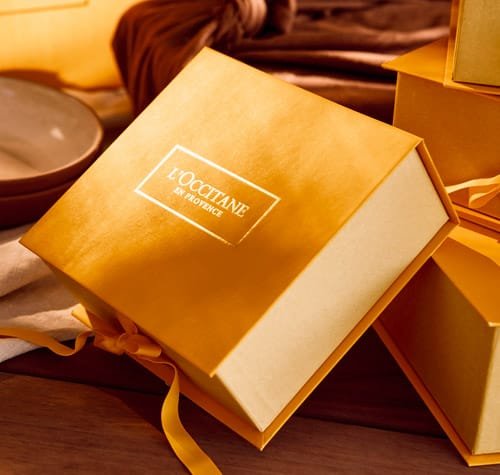
Corporate Gifts
Branded promo items pop in shoulder neck boxes—logos loud and proud. Executive gift sets with magnetic closures and extras? A warm “you’re valued” in every snap—perfect for that personal touch.
Retail
Seasonal heart-shaped boxes sparkle during holidays. Limited-edition cylindrical designs turn exclusives into collector’s gems—retail magic that keeps shoppers hooked.
Sustainability and Eco-Friendly Options
Green packaging is a must, and rigid boxes are rising to the call. They’re not just eye candy—they’re earth-friendly with heart.
Eco-Friendly Materials
Recycled paperboard spins old into new—strong rigid set up boxes with a clean conscience. Biodegradable options fade away without a trace, keeping the planet happy.
Sustainable Processes
Soy-based inks color your luxury rigid boxes gently, skipping harsh stuff. Water-based coatings ditch plastic for a greener finish, and energy-smart production cuts waste—small steps, big wins.
Reusability
Build rigid gift boxes to last—think storage for trinkets or desk organizers with charm. Customers love giving them a second life, keeping your brand around longer.
Recycling and Disposal
Simple recycling guides on a rigid paper box—or upcycling tips—make it easy. Show off green moves—73% of shoppers pick eco-friendly when they see it (NielsenIQ).
Certifications
FSC (Forest Stewardship Council) certification seals it—sourced right, made smart. It’s a badge rigid box manufacturers wear proud, proving your green game is legit.
Storage and Transportation of Rigid Boxes
Rigid boxes are built tough, but they need a little know-how to store and ship smoothly. Here’s how to keep them on track.
Storage Challenges
Most don’t fold—except collapsible variants—so they claim space fast. Warehouses fill up quick with these solid rigid set up boxes, a trade-off for their strength.
Transportation
Heavier than cartons, they nudge shipping costs up—30-50% more for weight alone. But that durability means fewer cracked goods—less mess, less stress.
Solutions
Nested designs or stackable setups save room. Collapsible rigid boxes flat-pack till it’s time to shine—smart and simple.
Best Practices
Stack steady on pallets or sturdy shelves—keep them safe. Bundle shipments to trim costs—plan with rigid box manufacturers, and it’s smooth sailing.
Future Trends in Rigid Box Packaging
The future of rigid boxes is buzzing—bold, bright, and full of promise. Here’s what’s coming to shake things up.
Smart Packaging
QR codes on custom printed rigid boxes link to your brand’s world—deals or stories at a scan. NFC tags or AR turn boxes into fun—tech that hooks the modern crowd.
Sustainable Innovations
Zero-waste designs mean rigid set up boxes recycle fully—no leftovers. Compostable materials and plant-based coatings swap synthetic for green—luxury with a conscience.
Minimalism
Clean lines and subtle textures let quality sing—rigid gift boxes that ditch flash for class. Timeless vibes stick around beyond trends.
Personalization
Tailored boxes for events—weddings, birthdays—or subscription boxes that mix it up monthly. It’s personal, making every unboxing theirs.
Conclusion
Rigid box packaging brings strength and style together effortlessly. Picture a rigid set up box—thick paperboard wrapped in velvet or leather, holding a necklace in a rigid drawer box or a fancy chocolate set in a custom printed rigid box. It’s tough, it looks good, and it makes unboxing feel special, shaped just for your brand.
Why go basic when luxury rigid boxes can do so much? They protect your stuff, catch eyes, and can even stick around as a keepsake. Whether you’re new or seasoned, rigid gift boxes give your brand a lift. Talk to rigid box manufacturers like Brillpack—see how they can fit your vibe, wow your customers, and help you shine.
Contact for a Free Consultation!



